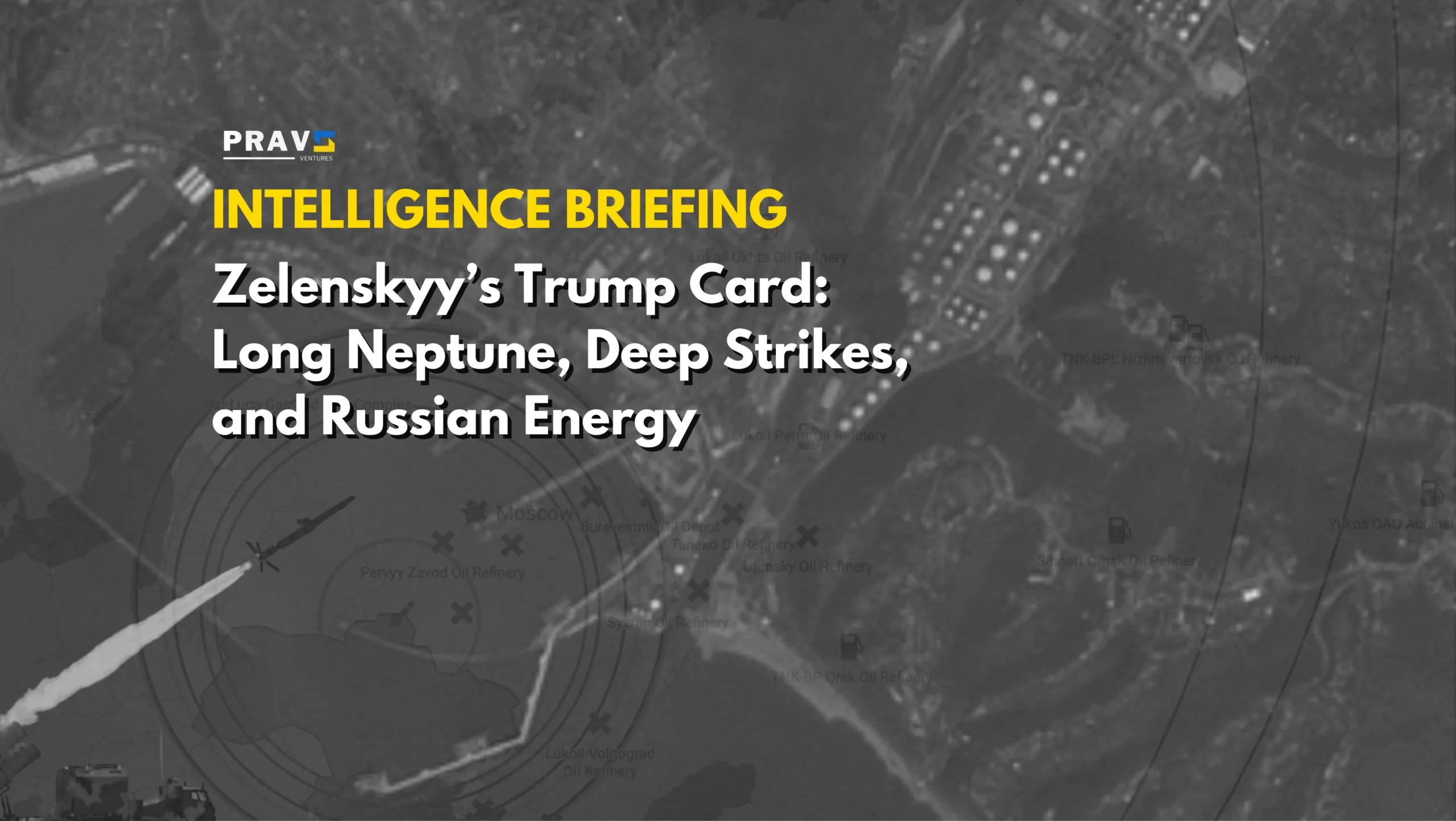Ukraine’s deep-strike campaign against Russia’s oil and gas sector has proven to be Kyiv’s joker card, forcing Putin to agree, although unconvincingly, to an energy ceasefire in March. The debut of the Long Neptune land attack cruise missile in May 2025 against the Tuapse oil refinery, destroying 20,000 tons of gasoline, marked a significant increase in Ukraine’s deep-strike capabilities.
With a 1,000-kilometer range, the Ukrainian-made Long Neptune offers Kyiv sovereign control over precise, long-range strikes, independent of Western approval required for systems like SCALP/Storm Shadow or ATACMS. Paired with one way attack drones, including a new 3,000-kilometer-range drone, this sovereign arsenal—free from Western constraints—has struck over 100 Russian oil and gas facilities since 2023. This campaign has reduced Moscow’s refining capacity by 20% and inflicted close to $1 billion in damage.
With President Zelenskyy’s plans for 30,000 long range drones and 3,000 cruise missiles in 2025, Ukraine’s trump card puts pressure on Russia’s energy sector, a critical war-funding source, while bolstering Kyiv’s independence amid an increasingly shaky alliance with the United States.
